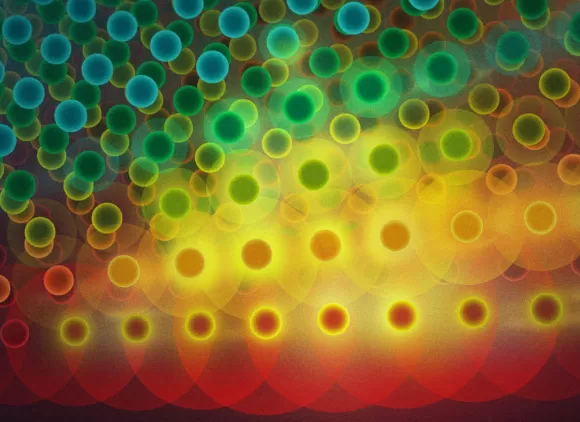About the series
David Charbonneau, 2009 Alan T. Waterman Award Winner
How to Find a Habitable Exoplanet
Co-Sponsored by MPS and OIA
Abstract: When exoplanets eclipse their parent stars, we are granted direct estimates of their masses and physical sizes, and we can study their atmospheres. Such systems have profoundly impacted our understanding of giant exoplanets akin to Jupiter, yet no eclipsing examples of rocky exoplanets have yet been found. By targeting nearby low-mass stars, a survey using humble telescopes is capable of discovering rocky planets orbiting at the distance required to permit liquid water on their surfaces. The discovery of such planets would provide fundamental constraints on the physical structure of planets that are primarily rock and ice in composition. Moreover, we can study the atmospheric chemistry of these potentially habitable worlds, and ultimately search for biomarkers indicating life.




